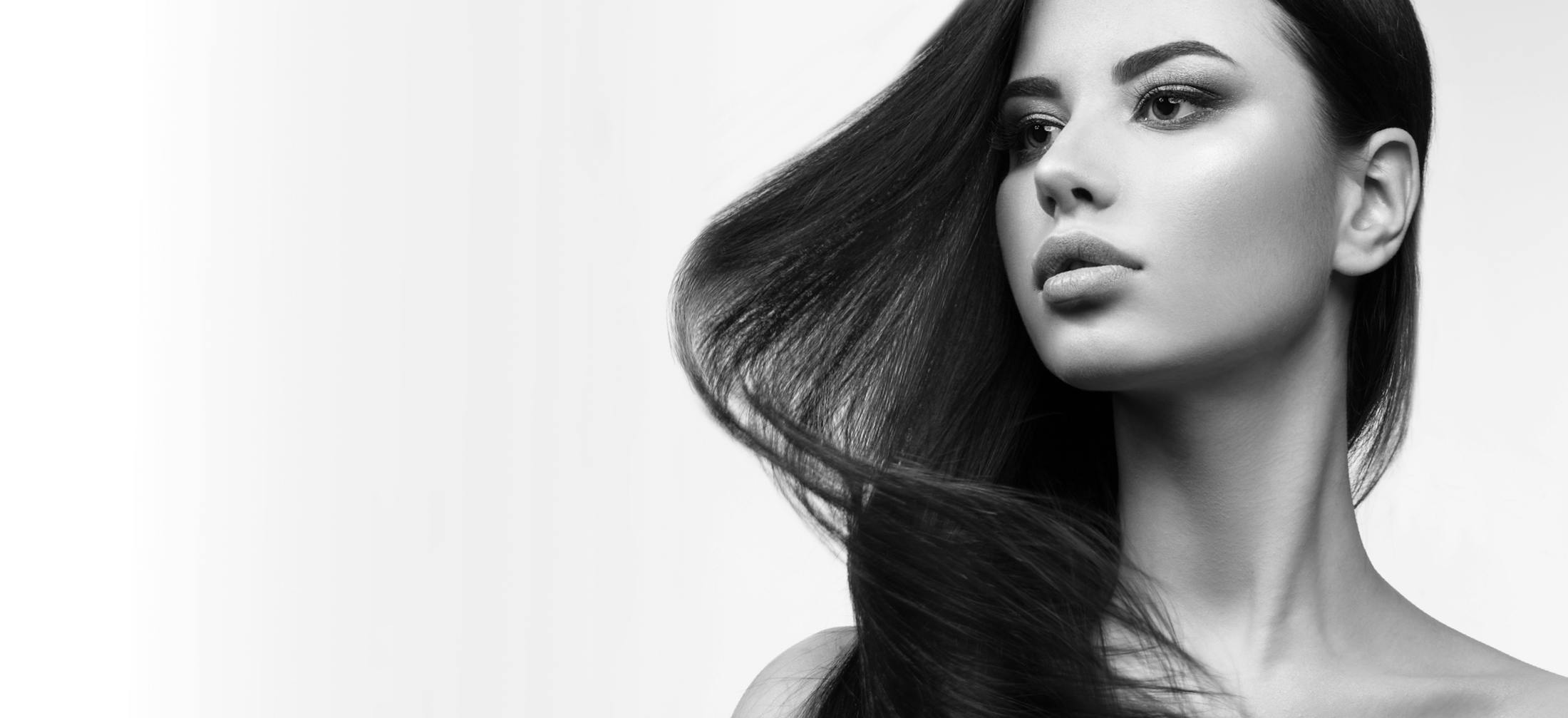When preparing for plastic surgery, most patients focus on the final aesthetic results, but it’s equally important to consider the role of anesthesia. While anesthesia is a powerful tool that keeps you safe and comfortable during surgery, it can sometimes cause temporary side effects. At Mark Fisher Plastic & Reconstructive Surgery in Westport, Connecticut, our team places patient safety at the forefront of every procedure, ensuring that anesthesia is administered with precision, care, and your comfort in mind.
By understanding what to expect and how to prepare, you can minimize the likelihood of side effects and enjoy a smoother recovery.
Common Side Effects of Anesthesia
Most anesthesia-related side effects are temporary and resolve quickly as your body recovers. These may include:
- Drowsiness or fatigue: Feeling groggy after surgery is normal and usually fades within a day.
- Nausea or vomiting: Some patients experience stomach upset after anesthesia, but this can often be prevented or managed with medications.
- Sore throat: If a breathing tube is used, mild throat irritation may occur for a short time.
- Chills or shivering: Your body temperature can drop slightly during surgery, leading to shivering as you wake up.
- Mild confusion: Especially in the first few hours after anesthesia, patients may feel disoriented.
Although these effects are common, they are temporary and generally resolve with rest and supportive care.
What Can Affect Anesthesia Side Effects?
Everyone reacts to anesthesia a little differently. A few personal factors can make certain side effects more likely:
- Age: As we get older, the body can take a bit longer to process anesthesia medications.
- Medical history: Conditions like diabetes, sleep apnea, or high blood pressure can influence how your body responds.
- Medications: Some prescriptions or even over-the-counter supplements may interact with anesthesia.
- Lifestyle habits: Smoking or frequent alcohol use can affect how smoothly your body handles anesthesia and recovery.
During your consultation, Dr. Fisher will take the time to review your health history, current medications, and lifestyle habits. He’ll then design an anesthesia plan tailored specifically to you, one that puts your comfort and safety first.
How We Minimize Risks at Mark Fisher Plastic Surgery
Dr. Fisher works closely with board-certified anesthesiologists to ensure patients receive the highest level of care. Safety protocols include:
- Detailed pre-surgical evaluation: Reviewing your health and anesthesia history to anticipate possible side effects.
- Personalized anesthesia plan: Tailoring medications and dosages to your unique needs.
- Close intraoperative monitoring: Continuous observation of vital signs throughout surgery to ensure stability.
- Post-anesthesia support: Recovery team monitoring until you are fully alert and cleared to go home.
This multi-layered approach reduces risks and helps patients feel confident about their procedure.
How You Can Help Ensure a Smooth Experience
Your preparation makes a real difference in how comfortably and safely your procedure goes. Here are a few simple ways to set yourself up for success:
- Follow your pre-surgery guidelines: Skip food, drinks, nicotine, and alcohol exactly as instructed—it helps anesthesia work safely and effectively.
- Be completely transparent about your health: Share every medication, supplement, and medical condition, even if it seems minor.
- Ask questions early: Knowing what to expect from your anesthesia plan can calm nerves and help you feel confident on surgery day.
- Plan for support: Have someone you trust drive you home and stay with you afterward while the anesthesia fully wears off.
A little preparation goes a long way, and these steps reduce side effects and help ensure a safer, smoother recovery overall.
Recovery After Anesthesia
Most patients feel back to normal within a day of surgery, though mild fatigue may linger for several days. By following Dr. Fisher’s aftercare instructions, resting, staying hydrated, and gradually resuming activity, you can support your recovery while reducing discomfort. Should you experience prolonged nausea, confusion, or other unexpected symptoms, our team is available to provide guidance and reassurance.
The Takeaway
Anesthesia is an essential part of plastic surgery, ensuring comfort and safety throughout your procedure. While side effects are possible, they are usually temporary and manageable with the right preparation, care, and support. At Mark Fisher Plastic and Reconstructive Surgery, we combine elite training, advanced safety protocols, and personalized attention to help every patient feel secure before, during, and after surgery.
If you’re considering a cosmetic or reconstructive procedure, we invite you to schedule a consultation with Dr. Mark Fisher to learn more about how we prioritize your safety while delivering refined, natural results.




